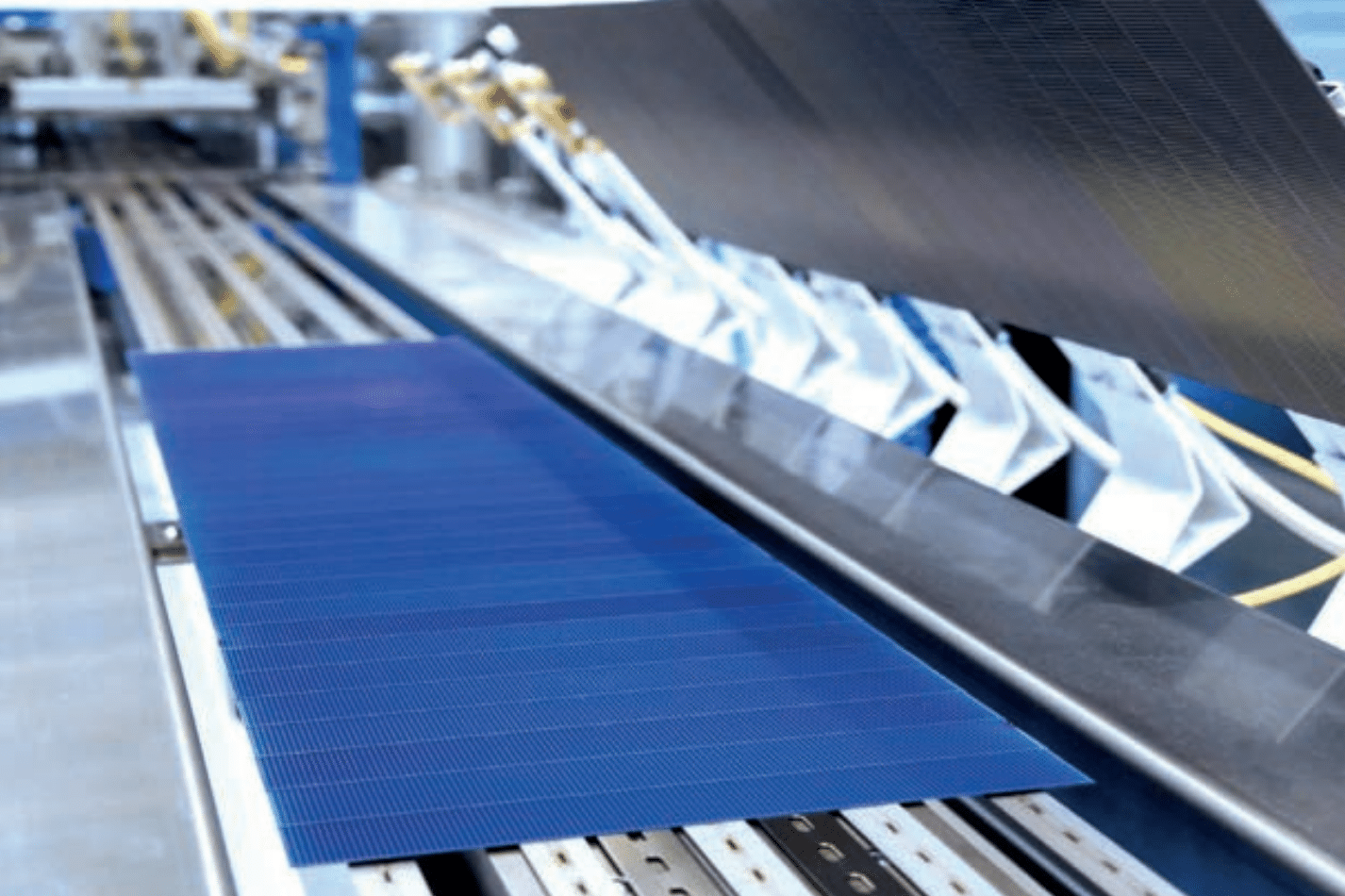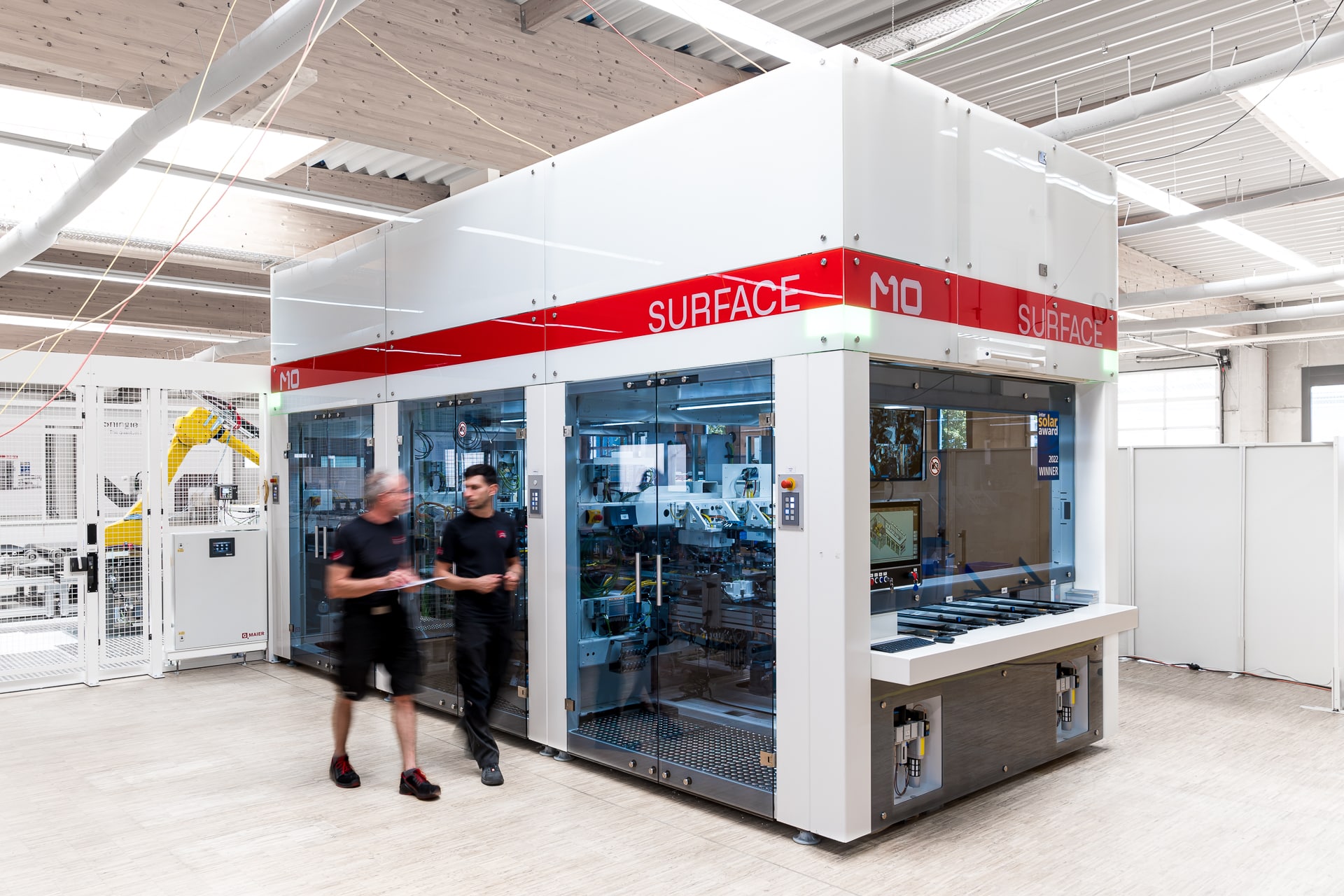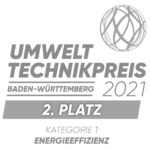Significant progress in the development and commercialization of electrically conductive adhesives has been made. This makes shingling a very attractive approach for solar cell interconnection. In this study, we investigate the shading tolerance of two types of solar modules based on shingle interconnection: first, the already commercialized string approach, and second, the matrix technology where solar cells are intrinsically interconnected in parallel and in series. An experimentally validated LTspice model predicts major advantages for the power output of the matrix layout under partial shading.




